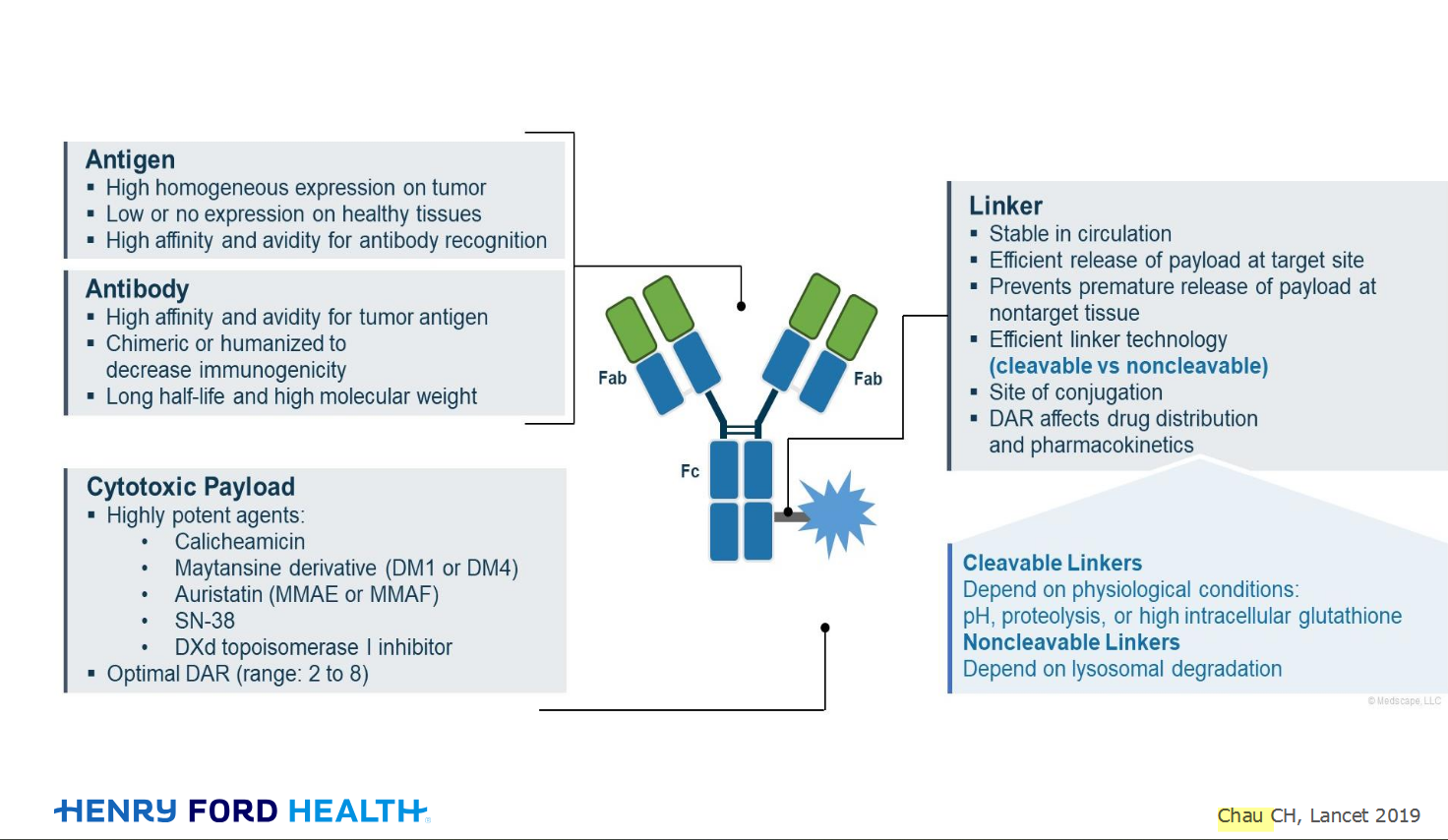Welcome!
Welcome to the new CancerGRACE.org! Explore our fresh look and improved features—take a quick tour to see what’s new.
As is fitting for Lung Cancer Awareness Month, we should become more aware of the concept of the solitary pulmonary nodule, or SPN, which is how lung cancer appears in the small proportion of (relatively) luckier people who have their lung cancer detected incidentally or in screening. Technically, it's defined as a spherically-shaped lesion that measures up to 3 cm (larger than that is considered a mass) and is entirely surrounded by lung tissue. There are two main ways that they are detected: an incidental finding on a scan done pre-operatively or for some other reason, or as part of a screening study. Specifically talking about solitary nodules (not nodules spread throughout the lungs), these aren't all cancer, and they can range from being old scar tissue to infection, inflammation, a primary lung cancer, potentially spread of another cancer to the lungs, or some other cause. As our CT scans become more and more detailed, and as CT scanners and scans are more widely available, we are seeing more and more SPNs. The more you look, the more you find.
SPNs can be managed in three basic ways. First, you can continue to watch them on repeat films over time. You can also do a biopsy, sticking a needle in and taking a sample to try to determine what it is under a microscope. Or you could just do lung surgery and take out the whole thing to find out what it is. Surgically removing a nodule is a great approach if it's cancer, but there are significant risks associated with lung surgery, and we don't want to do surgery for non-cancerous causes of lung nodules.
The features of the nodules found depend on whether we're talking about SPNs found incidentally on a scan for another cause or as part of a screening study. The ones found incidentally tend to be larger, have faster doubling times (grow faster), and are more likely to actually be cancer than ones detected in screening studies.
How common are SPNs? The studies are so different in who is included and how they're done that it's hard to make any general statements. Populations that live in areas with many lung infections (like the Southwest and Ohio River Valley) include many, many people with lots of nodules, but few that represent cancer. Populations enriched for long-term smokers are at high risk for lung nodules, and they are more likely to actually be cancer, as you'd expect. But the studies have shown that anywhere from 8% to about 50% of the scans, or people getting scans, have SPNs, so that's quite a huge range. Moreover, once a nodule is detected, we know they aren't all cancer, and the rate of these actually turning out to be malignant has been reported to be anywhere from about 1% to 12%. With that much variability in these reports, it's no wonder that the concept of screening for cancer vs. chasing down many anxiety-producing but non-cancerous nodules remains controversial.
Of course, not all lung nodules are created equal, and some look more likely to be benign while others are much more suspicious for cancer. I'll turn next to some of the factors that make us think cancer is more or less likely for a particular SPN in question.
Please feel free to offer comments and raise questions in our
discussion forums.
Dr. Singhi's reprise on appropriate treatment, "Right patient, right time, right team".
While Dr. Ryckman described radiation oncology as "the perfect blend of nerd skills and empathy".
I hope any...
My understanding of ADCs is very basic. I plan to study Dr. Rous’ discussion to broaden that understanding.

An antibody–drug conjugate (ADC) works a bit like a Trojan horse. It has three main components:
Bispecifics, or bispecific antibodies, are advanced immunotherapy drugs engineered to have two binding sites, allowing them to latch onto two different targets simultaneously, like a cancer cell and a T-cell, effectively...
The prefix “oligo–” means few. Oligometastatic (at diagnosis) Oligoprogression (during treatment)
There will be a discussion, “Studies in Oligometastatic NSCLC: Current Data and Definitions,” which will focus on what we...
Radiation therapy is primarily a localized treatment, meaning it precisely targets a specific tumor or area of the body, unlike systemic treatments (like chemotherapy) that affect the whole body.
The...

Welcome to the new CancerGRACE.org! Explore our fresh look and improved features—take a quick tour to see what’s new.
A Brief Tornado. I love the analogy Dr. Antonoff gave us to describe her presentation. I felt it earlier too and am looking forward to going back for deeper dive.